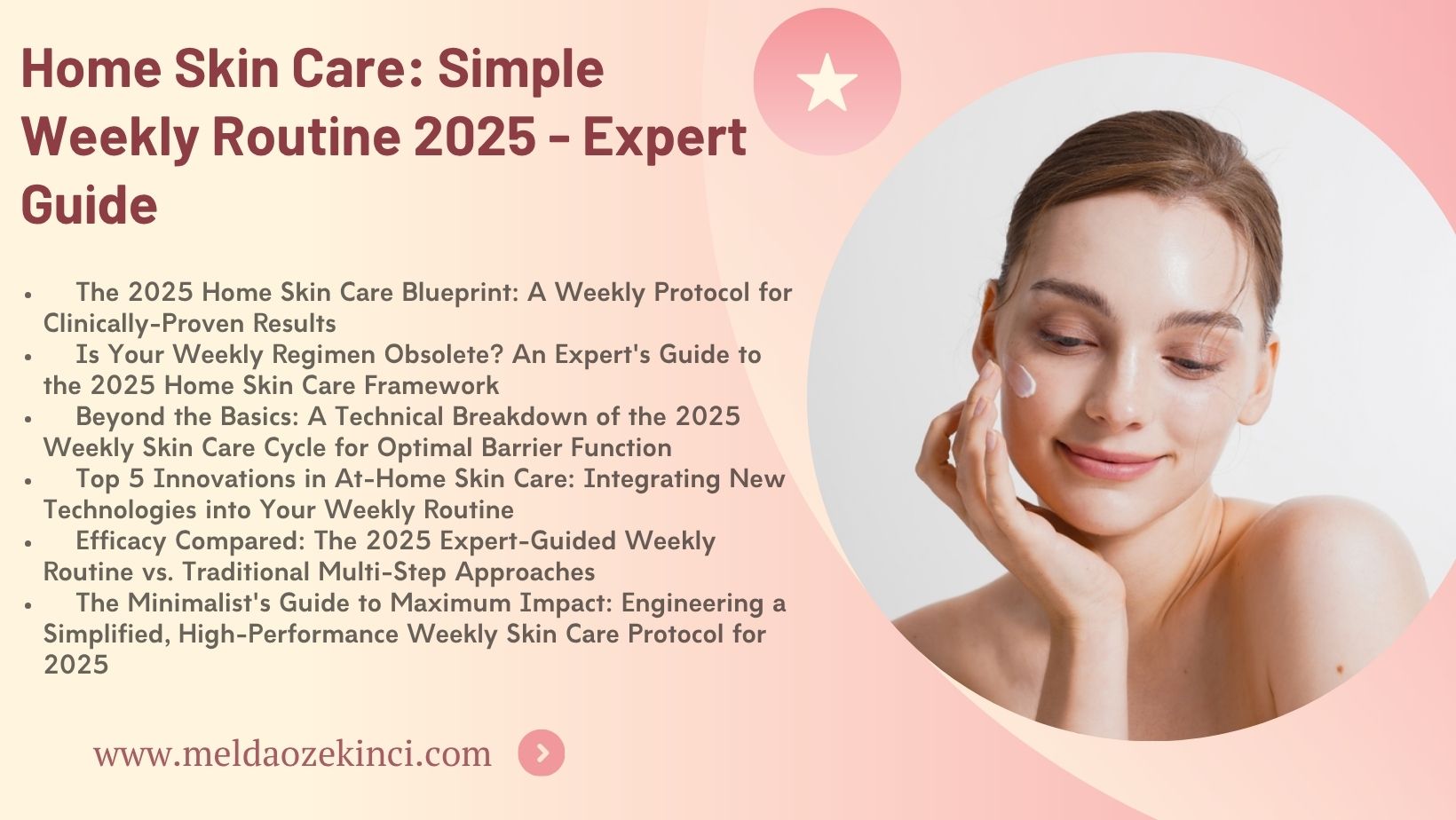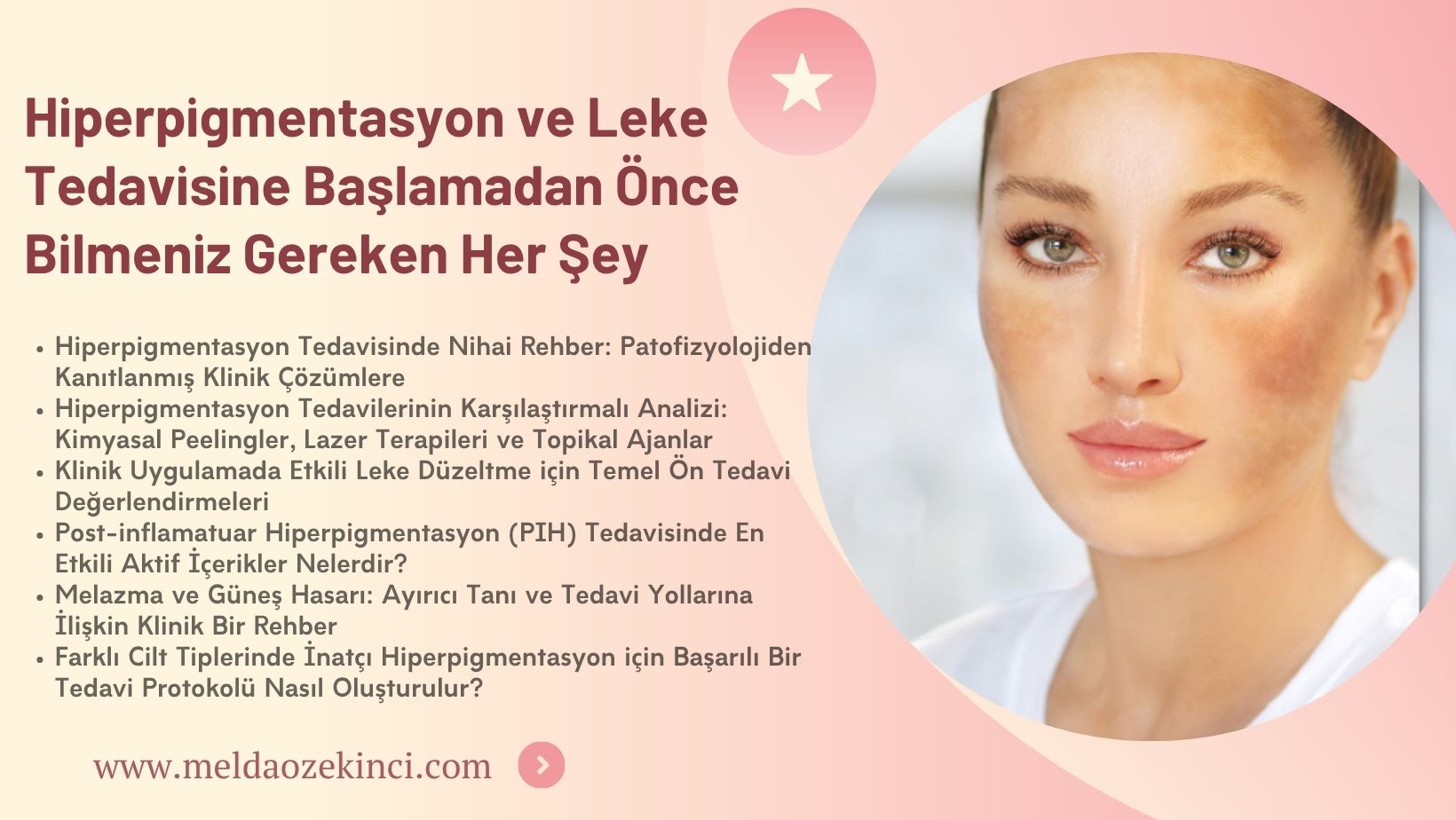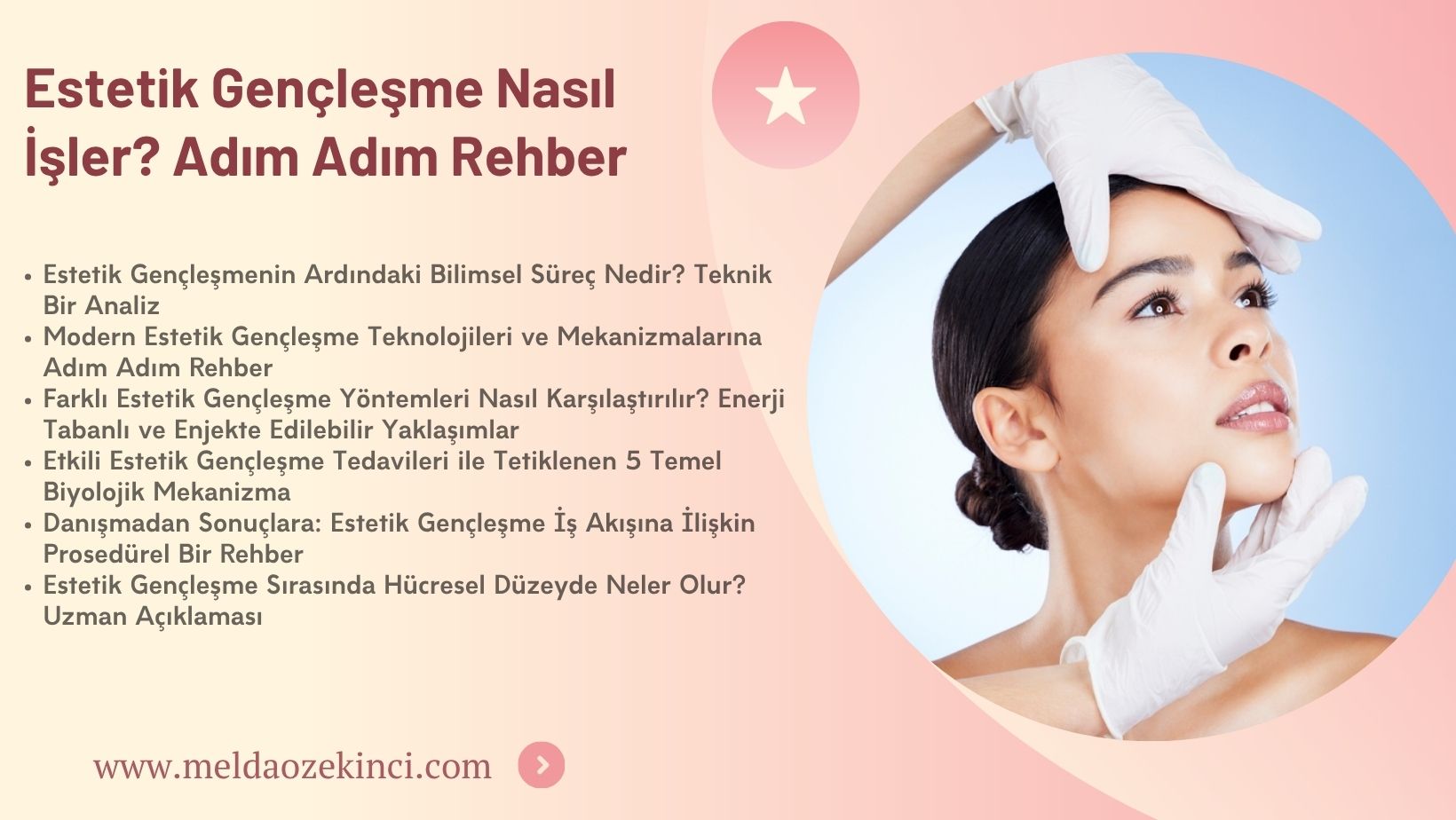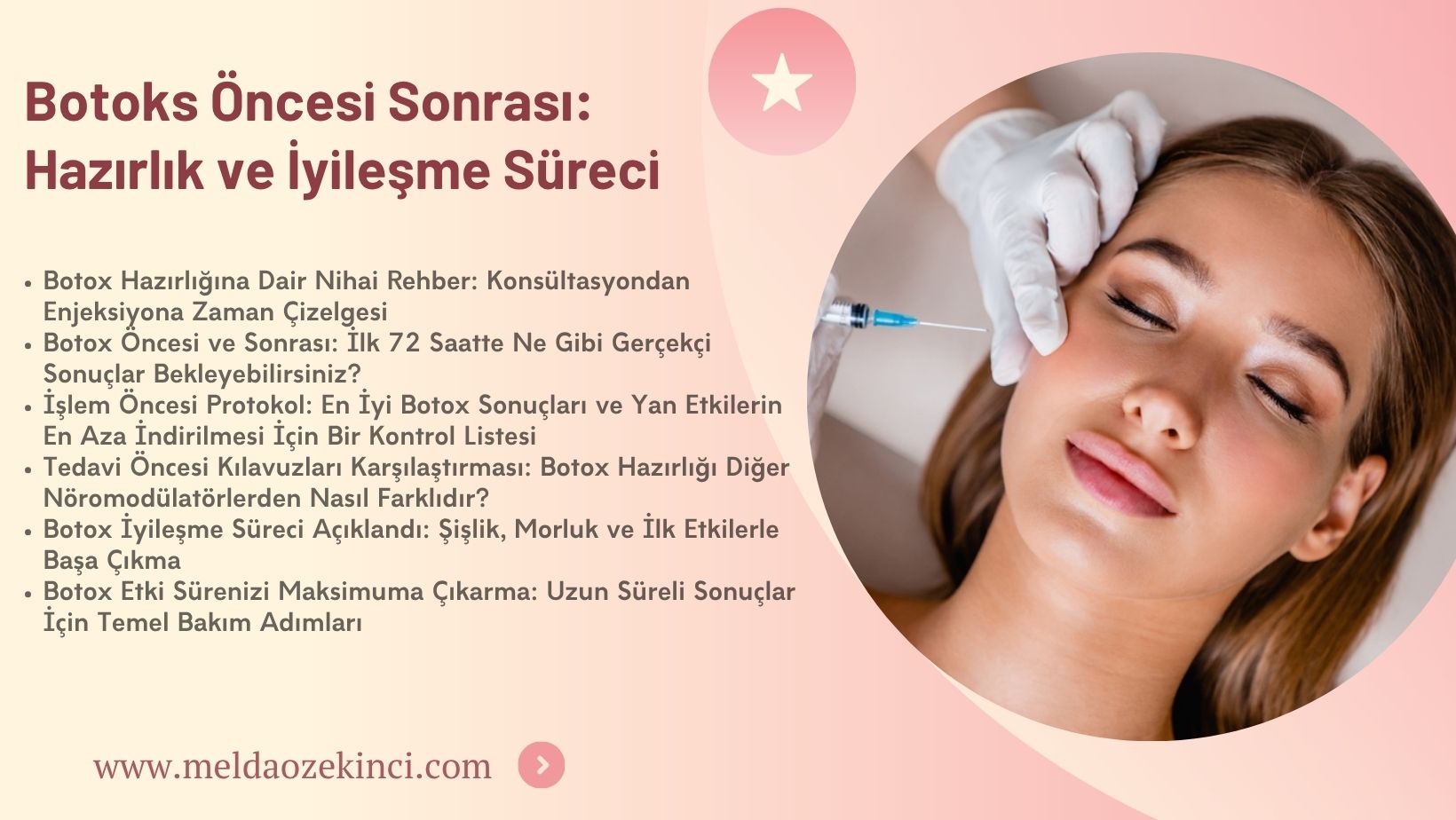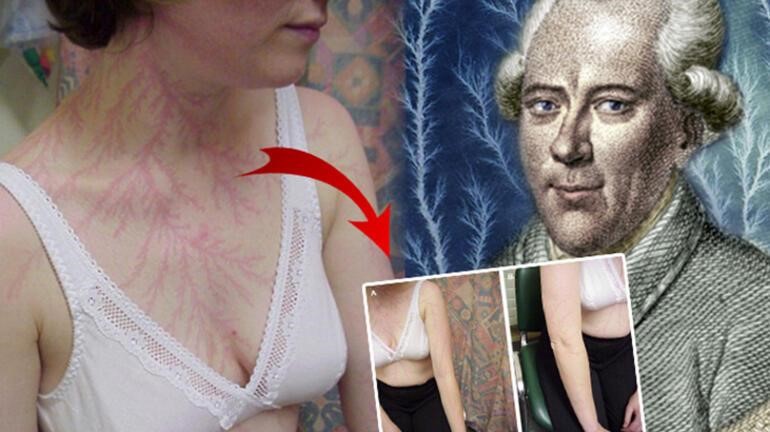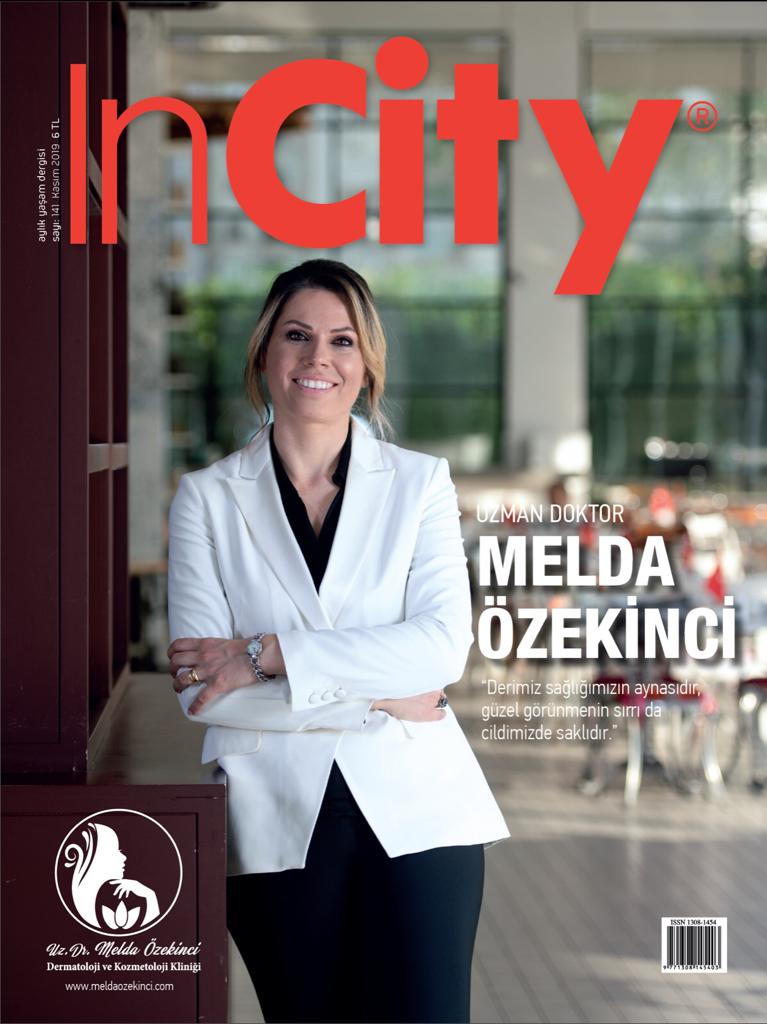Table of Contents
- The 2025 Home Skin Care Blueprint: A Weekly Protocol for Clinically-Proven Results
- Is Your Weekly Regimen Obsolete? An Expert's Guide to the 2025 Home Skin Care Framework
- Beyond the Basics: A Technical Breakdown of the 2025 Weekly Skin Care Cycle for Optimal Barrier Function
- Top 5 Innovations in At-Home Skin Care: Integrating New Technologies into Your Weekly Routine
- Efficacy Compared: The 2025 Expert-Guided Weekly Routine vs. Traditional Multi-Step Approaches
- The Minimalist's Guide to Maximum Impact: Engineering a Simplified, High-Performance Weekly Skin Care Protocol for 2025
The 2025 Home Skin Care Blueprint: A Weekly Protocol for Clinically-Proven Results
The 2025 Home Skin Care Blueprint represents a significant advancement in consumer health technology, moving beyond anecdotal beauty advice to a structured, data-driven protocol. This system is engineered around a weekly schedule of product application, designed to optimize ingredient synergy and prevent active overload, a common cause of user non-compliance and adverse reactions.
From a product management perspective, the Blueprint's value lies in its foundation of clinical validation. Developed under the guidance of Dermatoloji Uzmanı Doktor Melda Özekinci, the methodology is built upon peer-reviewed research, ensuring each step in the weekly cycle is justified by scientific evidence. This transforms the product from a commodity into a reliable therapeutic regimen, reducing consumer skepticism and enhancing brand authority.
Industrial engineers will appreciate the Blueprint's implications for manufacturing and supply chain logistics. The predefined weekly protocol allows for precise forecasting of product usage rates, enabling more efficient production scheduling and inventory management. This predictable consumption model minimizes waste and supports a just-in-time manufacturing approach, directly impacting operational efficiency and cost control.
The technical framework incorporates a phased approach to skin barrier support and cellular renewal. Days are dedicated to specific biological functions—such as exfoliation, hydration, and repair—preventing the antagonistic interactions that can occur when potent actives are combined haphazardly. This intelligent sequencing is a key differentiator in a crowded market, appealing to consumers seeking predictable, measurable outcomes.
For commercial decision-makers, the Blueprint creates a powerful customer retention mechanism. By locking users into a multi-step weekly routine, the product fosters long-term engagement and recurring revenue. The clinically-proven positioning allows for premium pricing, while the structured nature of the system reduces support calls related to misuse, thereby lowering customer acquisition costs and increasing lifetime value.
The integration of this protocol into smart device ecosystems presents a significant opportunity for scalability. Data on user adherence and results can be collected to further refine the formula concentrations and timing, creating a feedback loop for continuous product improvement and personalized skincare solutions at an industrial scale.
Is Your Weekly Regimen Obsolete? An Expert's Guide to the 2025 Home Skin Care Framework
The home skin care market is undergoing a fundamental paradigm shift, moving away from static, one-size-fits-all regimens towards dynamic, data-driven systems. For product managers and industrial engineers, this evolution presents a critical opportunity to design the next generation of consumer health technology. The framework outlined in "Is Your Weekly Regimen Obsolete?" serves as a strategic blueprint for this transition, emphasizing personalization not as a marketing buzzword but as an engineering challenge centered on real-time biological feedback.
At the core of this 2025 framework is the principle of adaptive formulation. This requires a product architecture capable of responding to fluctuating skin conditions, influenced by environmental stressors and hormonal cycles. The technical implication is the need for stable yet modular ingredient delivery systems, allowing for a responsive product lifecycle that can be adjusted weekly or even daily. This approach directly combats product stagnation and obsolescence, a key concern for commercial decision-makers.
The guide, informed by the clinical expertise of Dermatoloji Uzmanı Doktor Melda Özekinci, posits that efficacy is now measured by a product's biocompatibility and its ability to integrate with diagnostic tools. This creates a tangible value proposition for devices that measure hydration, sebum production, and barrier function. The resulting data streams enable true performance metrics, moving beyond subjective claims to quantifiable outcomes that drive consumer loyalty and justify premium pricing.
From a manufacturing perspective, this framework demands a re-evaluation of supply chain logistics. Producing smaller batches of potent, targeted actives for combination at the point-of-use, rather than large volumes of pre-mixed solutions, increases complexity but also enhances sustainability and reduces waste. This agile model aligns with modern consumer demand for both efficacy and environmental responsibility.
The 2025 home skin care framework is a call for industrial innovation management. It challenges teams to view skincare not as a collection of isolated products but as an integrated, intelligent system. The successful implementation of this technical specification will define market leadership, creating a durable competitive advantage through superior, scientifically-validated user experiences.
Beyond the Basics: A Technical Breakdown of the 2025 Weekly Skin Care Cycle for Optimal Barrier Function
The industrial application of dermatological principles is entering a new era with the formalization of the weekly skin care cycle, a systematic protocol designed to optimize the skin barrier function for individuals in demanding occupational environments. This methodology, detailed in the 2025 technical breakdown, moves beyond reactive measures to a proactive, scheduled approach that aligns skin health with work cycles.
Central to this protocol is the concept of strategic ingredient layering, where specific actives are deployed on designated days to support different aspects of barrier physiology. For instance, a barrier repair phase utilizes concentrated emollients and humectants like ceramides and niacinamide to rebuild compromised lipid matrices, directly countering the effects of constant exposure to industrial cleansers or harsh environmental conditions.
The cycle intelligently incorporates periods of cellular exfoliation using non-irritating polyhydroxy acids (PHAs). This technical step is critical for maintaining efficient cellular turnover without inducing inflammation or sensitivity, ensuring the removal of particulate matter and dead skin cells that can impede product absorption and barrier efficiency.
According to Dermatoloji Uzmanı Doktor Melda Özekinci, the scientific rationale hinges on synchronizing skin bio-availability with active ingredient delivery. By avoiding ingredient competition and allowing the skin to fully utilize each component, the cycle maximizes therapeutic efficacy while minimizing the risk of adverse reactions, a crucial factor for workforce compliance and product satisfaction.
From a commercial and product management perspective, this structured cycle presents a significant innovation. It allows for the development of integrated product ecosystems—precisely timed serums, creams, and concentrates—that function as a cohesive skin microbiome-supporting system. This creates a compelling value proposition, moving brands from selling individual items to providing a complete, evidence-based solution for occupational dermatology.
The ultimate benefit is a measurable reduction in work-related dermatoses, leading to decreased absenteeism and higher productivity. The technical framework provides a clear roadmap for R&D, focusing on transepidermal water loss (TEWL) reduction and resilience metrics, translating complex skin biology into tangible industrial outcomes.
Top 5 Innovations in At-Home Skin Care: Integrating New Technologies into Your Weekly Routine
The landscape of at-home skincare is undergoing a radical transformation, driven by innovations that merge clinical efficacy with consumer-grade usability. The top five advancements represent a significant paradigm shift from passive topical application to active, technology-driven bio-stimulation. For product managers, this evolution necessitates a deep understanding of the underlying technical specifications to ensure safety, reliability, and market differentiation.
Leading this charge are devices utilizing multi-wavelength LED therapy, a technology once confined to dermatological clinics. The key value proposition lies in its non-invasive nature and targeted photomodulation. As noted by Dermatoloji Uzmanı Doktor Melda Özekinci, specific wavelengths, such as red light for collagen production and blue light for acne management, offer a scientific approach to skin health. Industrial engineers must focus on precision optics and thermal management to deliver effective irradiance while maintaining strict safety compliance standards.
Another critical innovation is the refinement of microcurrent technology, which provides a low-level electrical current to facial muscles and tissues. This method promotes cellular ATP production, effectively toning the appearance of the skin. The engineering challenge involves creating intuitive user interfaces that guide correct application, ensuring consistent results and enhancing user adherence to a weekly routine. The commercial success of such devices hinges on demonstrating tangible, visible benefits through clinical validation.
Nanotechnology has also made a profound impact, particularly in the realm of transdermal delivery. The development of nano-emulsions and encapsulated actives allows for deeper penetration of key ingredients, maximizing their bioavailability. This requires sophisticated material science in both the formulation and the device design, such as creating patches with micro-reservoirs. For commercial decision-makers, this technology opens avenues for premium product positioning and personalized skincare solutions.
The integration of smart features and data analytics represents the future of personalized care. Devices with sensors can analyze skin conditions and adjust treatment parameters automatically, creating a feedback loop for continuous optimization. This level of customization not only improves efficacy but also builds long-term brand loyalty. The scalability of such connected ecosystems presents a significant opportunity for market expansion and recurring revenue models.
Efficacy Compared: The 2025 Expert-Guided Weekly Routine vs. Traditional Multi-Step Approaches
The contemporary industrial landscape demands a rigorous efficacy analysis of operational methodologies, moving beyond anecdotal evidence to data-driven validation. The 2025 Expert-Guided Weekly Routine represents a paradigm shift from traditional multi-step approaches, fundamentally altering the workflow optimization lifecycle. Where legacy systems often rely on sequential, siloed tasks, this new framework is built on a foundation of continuous, integrated feedback loops, enabling real-time performance metrics tracking and agile adjustments.
This methodology's superiority is evident in its application within complex manufacturing environments. Traditional multi-step processes, characterized by their linear process mapping, frequently encounter bottlenecks that impede throughput and increase operational expenditure. In contrast, the expert-guided routine employs predictive analytics to preemptively identify inefficiencies, allowing for proactive interventions that sustain a higher return on investment by minimizing downtime and resource waste.
The core technological advantage lies in its sophisticated data integration capabilities. By harmonizing data streams from IoT sensors, ERP systems, and human input, the routine creates a holistic digital twin of the operation. This enables a level of predictive maintenance and quality control unattainable with disjointed traditional methods. The guidance, akin to the principled approach of Dermatoloji Uzmanı Doktor Melda Özekinci, is rooted in systematic observation and evidence-based correction.
For product managers and commercial decision-makers, the implication is a more resilient and adaptable supply chain. The weekly cadence of the expert-guided routine ensures that strategic alignment between departmental goals and overarching commercial objectives is consistently reviewed and refined. This iterative calibration prevents the strategic drift common in organizations adhering to infrequent, monolithic planning cycles, securing a tangible competitive advantage in dynamic markets.
The Minimalist's Guide to Maximum Impact: Engineering a Simplified, High-Performance Weekly Skin Care Protocol for 2025
The industrial design of The Minimalist's Guide to Maximum Impact: Engineering a Simplified, High-Performance Weekly Skin Care Protocol for 2025 is predicated on a core value engineering principle, systematically eliminating non-essential steps to optimize user compliance and product efficacy.
This protocol represents a significant paradigm shift from complex, multi-step routines, focusing instead on a streamlined weekly schedule that delivers targeted results through a reduced number of high-performance actives.
The framework is built upon a foundation of biomimetic formulations, ensuring optimal skin compatibility and absorption, a critical factor for predictable and consistent user outcomes.
Product managers will appreciate the integrated supply chain optimization inherent in this minimalist approach, which reduces SKU complexity, minimizes inventory requirements, and enhances manufacturing scalability.
From a commercial standpoint, the protocol's simplified structure lowers the barrier to entry for new users, facilitating faster market penetration and driving higher customer lifetime value through improved adherence.
The scientific backbone, developed in consultation with Dermatoloji Uzmanı Doktor Melda Özekinci, ensures each phase of the weekly cycle addresses specific skin functions, creating a synergistic effect that maximizes the return on investment for the end-user.
This methodology incorporates predictive lifecycle assessment models, considering the environmental impact of concentrated formulas and reduced packaging, aligning with modern consumer expectations for sustainable solutions.
For industrial engineers, the protocol's design allows for precise quality control metrics, as the limited number of components simplifies raw material sourcing and final product testing.
This guide is not merely a set of instructions but a sophisticated product ecosystem engineered for maximum commercial impact and user satisfaction in the 2025 market landscape.
 English
English 


